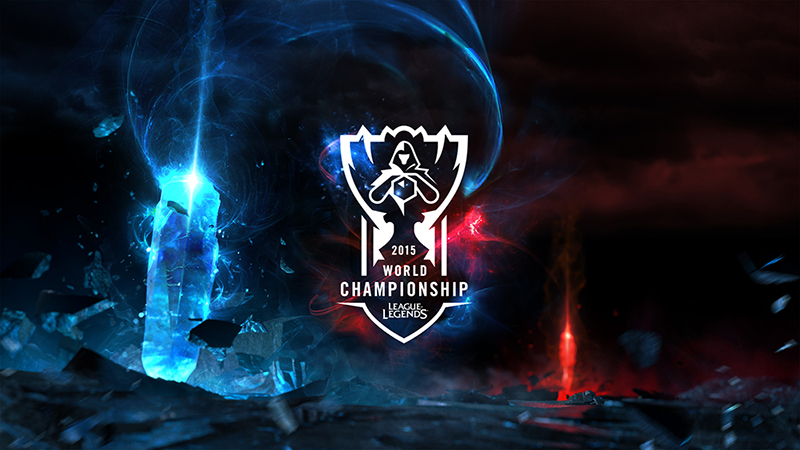Introduction
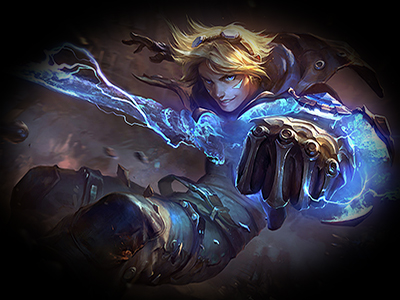
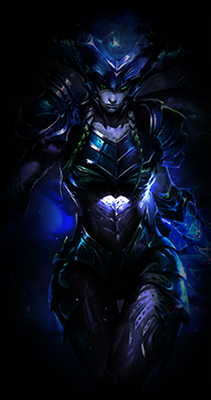
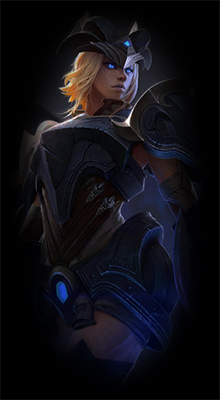
League of Legends (LoL) is a multiplayer online battle arena, real-time strategy video game developed and published by Riot Games, for Microsoft Windows and Mac OS X. It is a free-to-play game supported by micro-transactions and inspired by the mod, Defense of the Ancients for the video game Warcraft III: The Frozen Throne.
In League of Legends, players assume the role of an unseen "summoner" that controls a "champion" with unique abilities and battle against a team of other players or computer-controlled champions. The goal is usually to destroy the opposing team's "nexus", a structure which lies at the heart of a base protected by defensive structures. Each League of Legends match is discrete, with all champions starting off fairly weak but increasing in strength by accumulating items and experience over the course of the game.
League of Legends was generally well received at release, and it has grown in popularity in the years since. By July 2012, League of Legends was the most played PC game in North America and Europe in terms of the number of hours played. As of January 2014, over 67 million people play League of Legends per month, 27 million per day, and over 7.5 million concurrently during peak hours.
League of Legends has a large, active competitive scene. In North America and Europe, Riot Games organizes the League of Legends Championship Series, which consists of 10 professional teams in each continent. Similar regional competitions exist in China, South Korea, Taiwan, and Southeast Asia. These regional competitions culminate with the annual League of Legends World Championship, which in 2013 had a grand prize of $1 million and attracted 32 million viewers online. The 2014 tournament had one of the largest prize pools in esports history, at 2.3 million dollars.
Game Maps
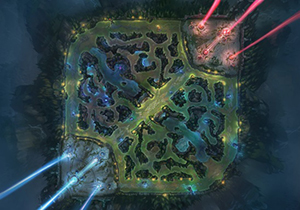
Summoner's Rift
Summoner's Rift is the most popular map in League of Legends. On this map type two teams of five players compete to destroy an enemy building called a Nexus, which is guarded by a number of defensive structures, Towers, and defended by the enemy team. One nexus is located in each enemy base on opposite sides of the map, in the lower-right and upper-left hand corners. These structures continually create weak non-player characters known as minions, which advance toward the enemy base along three lanes: a top, bottom and middle lanes. Players compete to advance these waves of minions into the enemy base, which allows them to destroy enemy structures, achieve intermediate objectives, and ultimately victory.
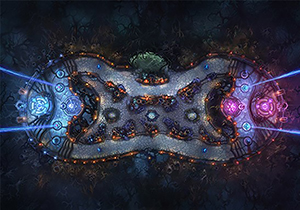
Twisted Treeline
Similar to Summoner's Rift, in Twisted Treeline two teams of three players compete to destroy the opposing team's Nexus, which is guarded enemy Towers. One nexus is located in each enemy base on the right and left sides of the map. These structures continually create minions, which advance toward the enemy base along two lanes: top, and bottom lanes, which run horizontally across the bottom and top of the map. Players compete to advance these waves of minions into the enemy base, which allows then to destroy enemy structures, achieve intermediate objectives, and ultimately victory. Between enemy lanes is a neutral area of the map known as the Jungle. The Jungle is arrayed across the center of the map, running between the top and bottom lanes.
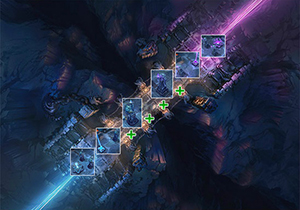
Howling Abyss
Similar to Summoner's Rift, in Howling Abyss two teams of five players compete to destroy the opposing team's Nexus, which is guarded enemy Towers. One nexus is located in each enemy base on the right and left sides of the map. These structures continually create minions, which advance toward the enemy base along one central lane. Players compete to advance these waves of minions into the enemy base, which allows then to destroy enemy structures and ultimately achieve victory. Unlike Summoners Rift and Twisted treeline, Howling Abyss consists of one central lane and no neutral jungle area. Also unlike these maps, players cannot return to their allied base to replenish health and mana and to purchase items unless they have been killed.
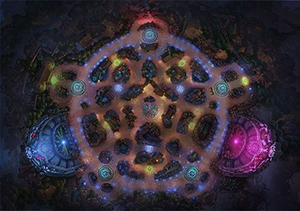
Crystal Scar
Unlike the other modes, two teams of five players on the Crystal Scar (also called Dominion) compete to capture strategic points and hold those points for the longest possible period of time. The map consists of a circle with points located at the twelve, one-thirty, four-thirty, seven-thirty, and ten-thirty positions. Each team controls a base known as a fountain, located at the bottom left and right hand corners of the map. Each team scores points by capturing and owning more objectives than the other team over time. These points count down from an initial score of 200. The first team to reduce the other team to 0 points achieves victory.
Development
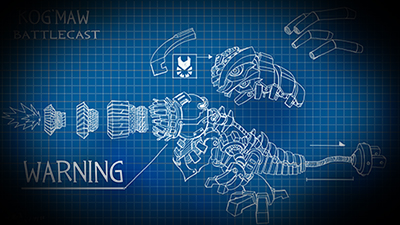
In a release published in November 2011, Riot Games claimed that League of Legends had accumulated 32.5 million players, 11.5 million of whom play monthly, of which 4.2 million play daily. According to Riot in October 2013, the game had 12 million active daily players and 32 million active monthly players. In January 2014, the game had 27 million active daily players, 7.5 million concurrent players at peak times, and 67 million active monthly players. Global concurrent users online peaked at over 5 million players as of March 2013.
In March 2012, League of Legends became the #1 title in Korean PC cafes. In July 2012, Xfire released a report stating that League of Legends was the most played PC game in North America and Europe, with 1.3 billion hours logged by players in those regions between July 2011 and June 2012. League of Legends is also very popular in the Philippines, and, as of July 2013, it is the second most played game in internet cafes in the country (just behind Defense of the Ancients). In Taiwan, it is estimated that almost 5 percent of their entire population played the game, with almost 1 million players subscribed on the server.
Reception
In a release published in November 2011, Riot Games claimed that League of Legends had accumulated 32.5 million players, 11.5 million of whom play monthly, of which 4.2 million play daily. According to Riot in October 2013, the game had 12 million active daily players and 32 million active monthly players. In January 2014, the game had 27 million active daily players, 7.5 million concurrent players at peak times, and 67 million active monthly players. Global concurrent users online peaked at over 5 million players as of March 2013.
In March 2012, League of Legends became the #1 title in Korean PC cafes. In July 2012, Xfire released a report stating that League of Legends was the most played PC game in North America and Europe, with 1.3 billion hours logged by players in those regions between July 2011 and June 2012. League of Legends is also very popular in the Philippines, and, as of July 2013, it is the second most played game in internet cafes in the country (just behind Defense of the Ancients). In Taiwan, it is estimated that almost 5 percent of their entire population played the game, with almost 1 million players subscribed on the server.
